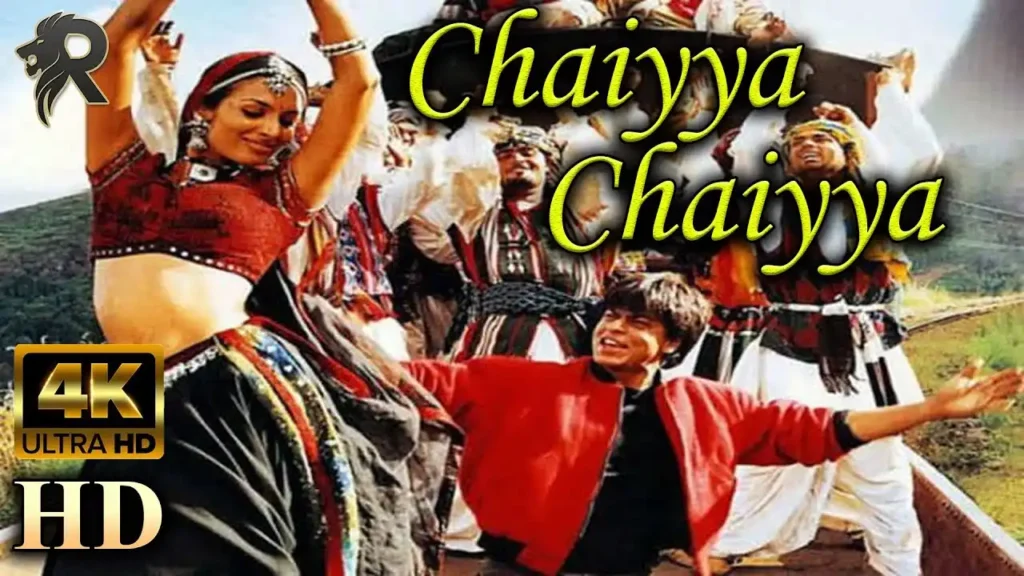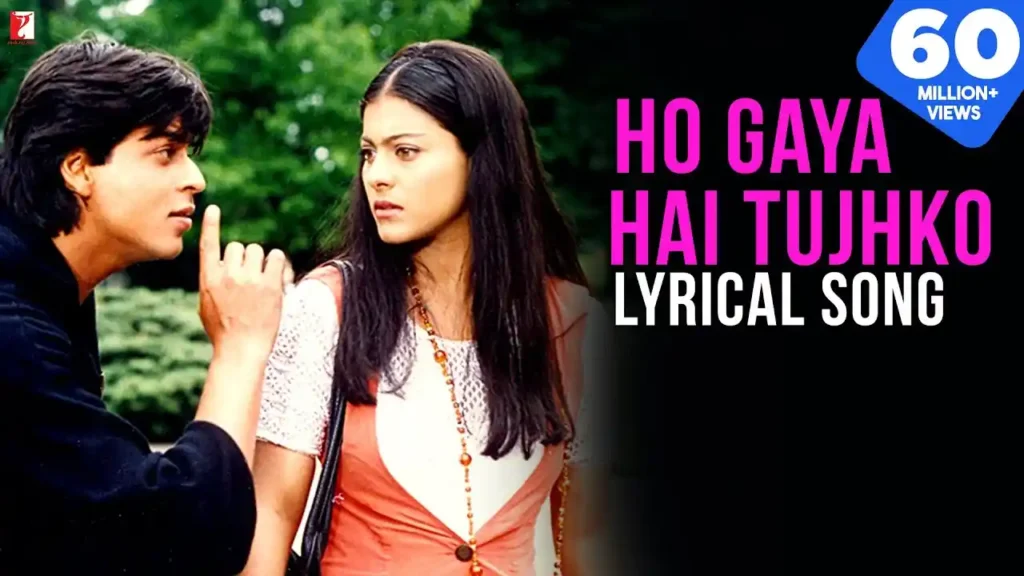“A song is a poem that sings.” – Paul Simon. This timeless quote captures the power of music to capture us, stir emotions, and tell the essence. In Indian film music, the lyrics often play an important role in shaping the story and resonating with the audience. But what makes a great Indian film song lyrical? Beyond poetic beauty and catchy melodies, the underlying arrangements and style often elevate these songs to iconic status.
Imagine a song without a clear beginning and middle. A story without a story would be like a picture without a playlist. Planning provides a framework that guides the listener through the emotional journey, ensuring that the message is delivered effectively and memorably.
Let’s deep into the world of Indian film music and explore how structure and style contribute to its enduring appeal.
The role of structure in music: Creating memorable music
Have you ever wondered why some songs stick with you for years while others fade into obscurity? Much of that depends on the structure of the song. Like a well-built house, the form of the song provides a solid foundation for its emotional impact and memories.
So, what exactly is a song structure? It’s the set of elements in a song, including the verse-chorus pattern, the bridge, and the outro. Think of it as a chart that guides the listener on a musical journey.
Let’s take a look at how popular Indian film music often uses structure to their advantage:
Classic verse-chorus pattern: Many Indian film songs follow this tried and tested pattern. The verses introduce the music and lyrics, while the chorus creates a memorable refrain that sticks in your head. This arrangement creates a sense of familiarity and anticipation, making the song easier to remember and enjoy.
Bridge: A twist to keep things interesting A bridge is a section of the song that deviates from the basic verse-chorus structure, offering a change of pace or a new mood This keeps the listener engaged and it can prevent the song from becoming monotonous.
The Outro: A memorable farewell outro is the last part of a song, and is usually repeated by the chorus or with missing instruments. A well-crafted outro can le
The power of genre: How Indian film music shapes our emotions
Imagine a song that expresses the ecstatic rush of falling in love, the agonizing longing for lost love, or the triumphant joy of overcoming adversity Have you ever wondered how these songs are able to evoke such powerful emotions in us have you ever been around? A major part of the answer depends on the nature of the song.
Form refers to the overall shape or structure of a song, including length, tempo, and feel. It looks like a blueprint of a building and shows the overall layout and function. Form plays an important role in the expression of a wide range of emotions and expressions in Indian film music.
Let’s explore some of the common techniques used in Indian film music and their impact on the listener:
- Classical ragas: The major ragas of Indian classical music are ragas that evoke specific emotions. For example, Bhimpalasi raga is often associated with passion and separation, while Bhairavi is known for its uplifting and celebratory nature.
- Thumri – This semi-classical form is characterized by complex phrasing and musical complexity. Thumri is often used to tell stories of love and devotion, and its expressiveness allows musicians to express a wide range of emotions.
- Qawwali: Originating from the Sufi Islamic tradition, Qawwali is characterized by its rhythmic and energetic style. They often explore themes such as love, devotion and spirituality, and their infectious power creates a sense of communal celebration.
- Antra and Mukda: These are common elements in Indian film music. The interval is a metaphor or idiom, and the mukda is a chorus or refrain. The repetition of the mukda creates a sense of familiarity and helps reinforce the central theme of the song.ave a lasting impression.
The relationship between structure and form in Indian film music
Have you ever wondered how music can evoke such strong emotions? It’s not just about the music or lyrics; It is also about the organization and presentation of these products. The interplay between structure and form plays an important role in shaping the overall effect of a song.we explore how these two elements work together n Indian film music, creating a harmonious mix that resonates with audiences.
Structure: Illustration of a song
Structure refers to the order of elements in a song, including the introduction, verse, chorus, bridge, and outro. It’s like a blueprint of a building, which provides a compositional framework. A well-structured song guides the listener through the journey, creating anticipation and a sense of resolution.
Format: The shape of the song
Form is the overall shape or structure of a song. It includes the repetition of musical structures, the use of transitions, and the rhythm of the music. The quality of a song can be simple or complex, depending on the composer’s mood.
Interaction between structure and strategy
The relationship between structure and strategy is reciprocal. Strong planning provides a foundation for strategy, while strategy enhances program impact. When these two elements work together in harmony, they create a cohesive and enjoyable musical experience.The relationship between structure and form in Indian film music
Have you ever wondered how music can evoke such strong emotions? It’s not just about the music or lyrics; It is also about the organization and presentation of these products. The interplay between structure and form plays an important role in shaping the overall effect of a song. In this blog post, we explore how these two elements work together in Indian film music, creating a harmonious mix that resonates with listeners.
Structure: Illustration of a song
Structure refers to the order of elements in a song, including the introduction, verse, chorus, bridge, and outro. It’s like a blueprint of a building, which provides a compositional framework. A well-structured song guides the listener through the journey, creating anticipation and a sense of resolution.
Case Study: Indian Film Music


Let’s examine a few iconic Indian film songs to illustrate how structure and style of communication can have a huge impact:
- “Chaiyya Chaiyya” from Dil Se..: This lively dance number features a repetitive chorus with verses that introduce new melodies and rhythms. The contrast between the familiar and the unfamiliar engages the listener.
- “Ae Dil Hai Mushkil”: This soulful ballad uses traditional Indian classical raga structure, which gives depth of meaning and emotion The quality of the song is quite simple, giving the melodies and lyrics plays a key role.
- “Jai Ho” by Slumdog Millionaire: This energetic song uses a combination of Indian classical and western pop elements. The arrangement is repetitive, creating a sense of unity, while the technique is dynamic, with different movements and instruments.
The benefits of close relationships
A balance of arrangement and style can elevate the quality of a song in many ways:
Enhancing Listening Experience: Compelling musical compositions keep the listener engaged and invested.
Emotional Impact: The interplay of arrangement and style can create a powerful emotional response in the listener.
Memorable: A song with a strong structure and style that is likely to be remembered and appreciated.
Communicating structure and style is an important part of songwriting. By understanding how these two elements work together, we can develop a deeper appreciation for the art and craft of memorable music. So the next time you hear an Indian film song, pay attention to how the structure and style contribute to its overall effect.
Structure is the staying power of style
We have explored the importance of structure and style in Indian film music. We have seen how elements such as verse, chorus and bridge composition can enhance a song’s memorability, emotional impact and overall appeal. The careful crafting of lyrics, melodies and rhythms contribute to the endurance of these songs.
While listening to your favorite Indian film songs, take a moment to appreciate the art and craftsmanship behind it. Look at the detail, the vivid imagery, and how the music contributes to the overall theme. By understanding the importance of structure and style, one can develop a deeper appreciation for these timeless classics.
As the legendary Indian poet Rabindranath Tagore once said, “Music expresses what is unspeakable and in which silence is impossible.” The richly composed and crafted Indian film scores are a testament to the power of music to stir emotions, tell stories and connect with us on a profound level. Not only do their catchy tunes and soulful lyrics give their enduring appeal from the art and craftsmanship that goes into their creations as well.





